Ready to get crafty?! Kate here, and I’m in the middle of a bedroom makeover as we speak. Yesterday I shared some bedroom accessory ideas, and one of those featured accent pieces was a hanging planter. The hanging planter is one of today’s top design trends, and it’s the perfect way to elevate the greenery in your space to new heights! Today’s DIY project puts a new spin on the hanging planter, thanks to neon cording and the use of a vase instead of a pot. This solution is perfect for lower-light spaces! I’m excited to find a way to bring tropical greenery to my bedroom (which can’t accommodate many tropical plants of the potted variety due to the lack of bright light). Read on to learn how you can make your own hanging vase…
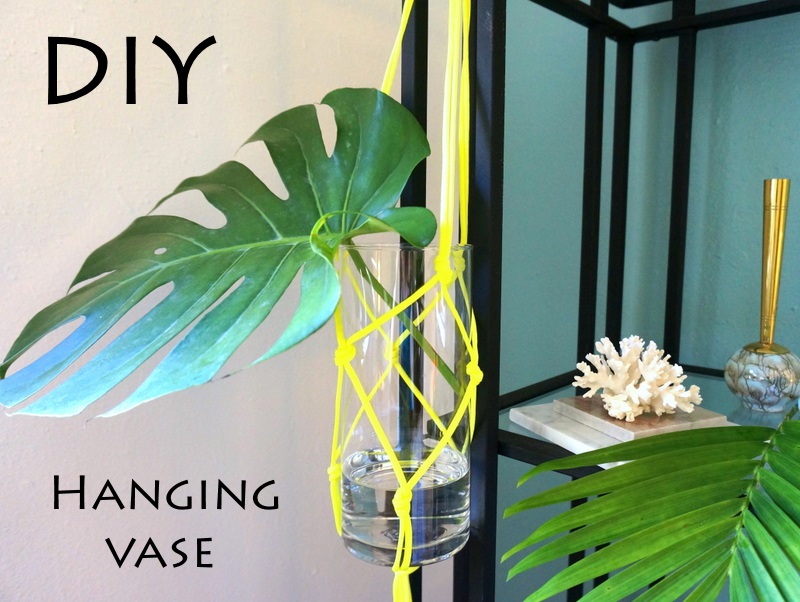
This project uses knots to create a macrame-style finished product, minus the super involved process. In fact, this project is so easy that it took me well under an hour to complete–and that includes the time I spent styling and snapping photos!
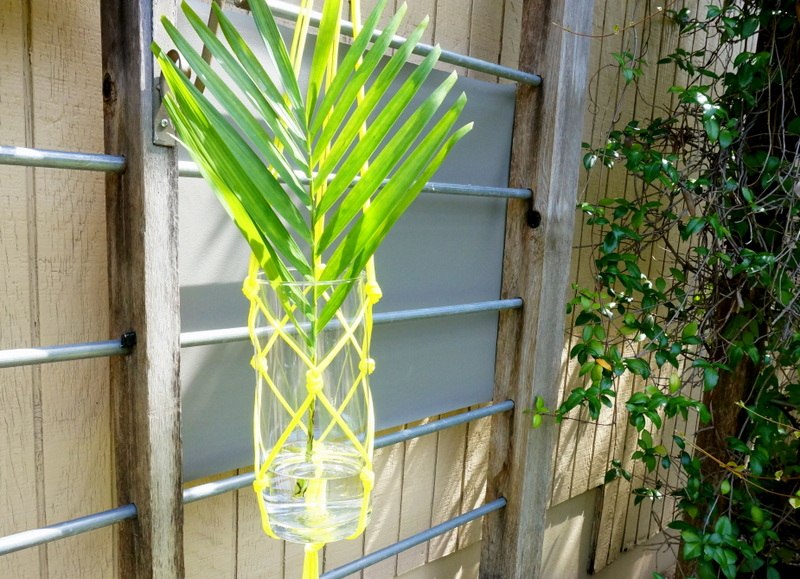
Project Supplies and Steps
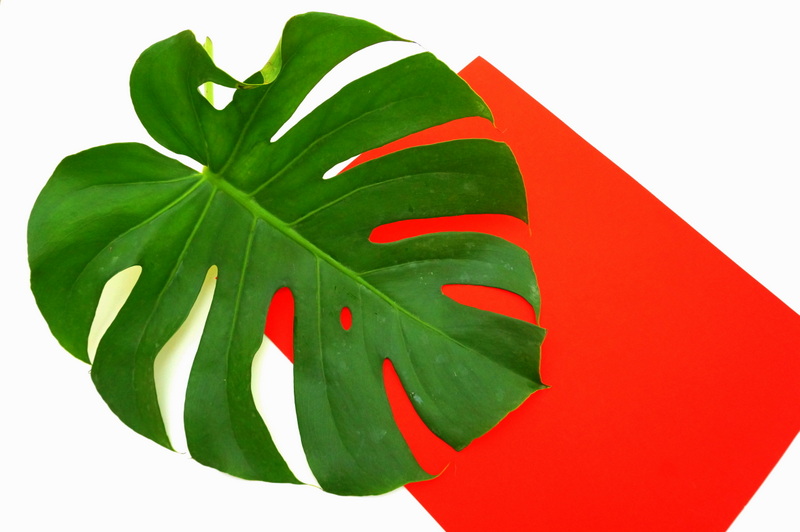
Here are the supplies you’ll need to get started:
- parachute cord (paracord) in the color of your choice
- a glass vase
- scissors
- flowers or leaves to fill the vase
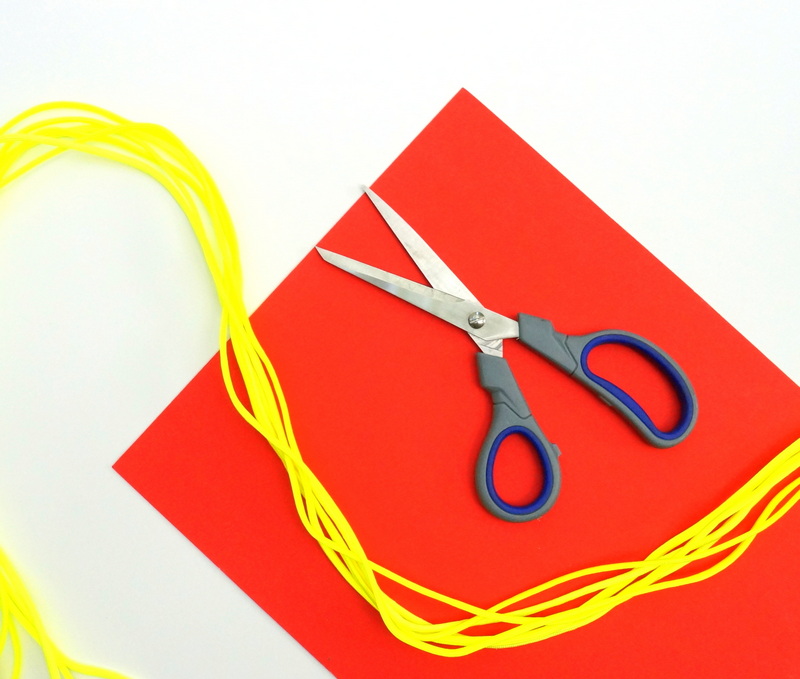
Step 1: Cut your paracord into 6 pieces of identical length.
The length will depend on the height and shape of your vase. It’s definitely better to overestimate than to underestimate. Each of my paracord strips was 42 inches long, but had I wanted to hang the finished project from the ceiling, I would have needed additional length.
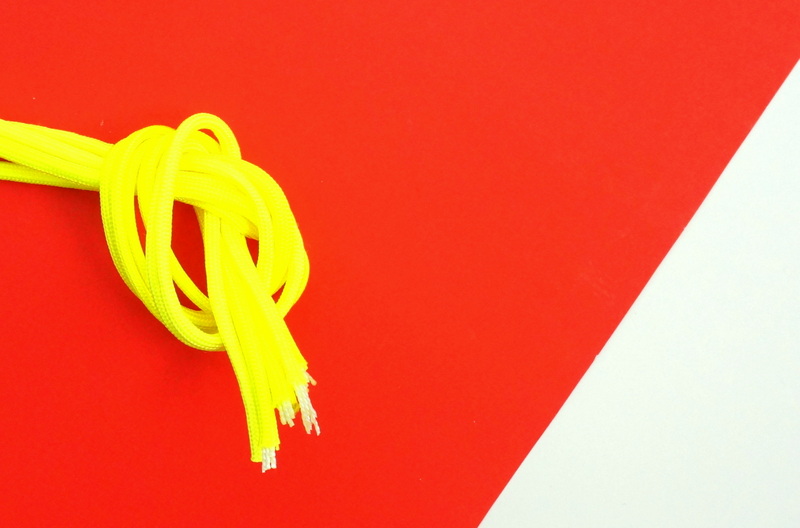
Step 2: Gather the ends of each piece of cord and tie them together in one large knot.
This knot will rest under the vase when the project is complete. And speaking of knots, I used a very simple, secure knot throughout this project. As you can see above and below, each time I tied a knot (whether it involved 6 strings or 2), I kept the strings together, making one large loop. I then pulled the ends of the strings through the middle of the loop and tightened (again, keeping the strings together throughout the process). This is different from the way you knot when tying a bow. You can choose whichever knotting method you prefer. The knot above is about to be tightened. The knot below will be complete once the ends of the strings are pulled through the middle of the loop and tightened.
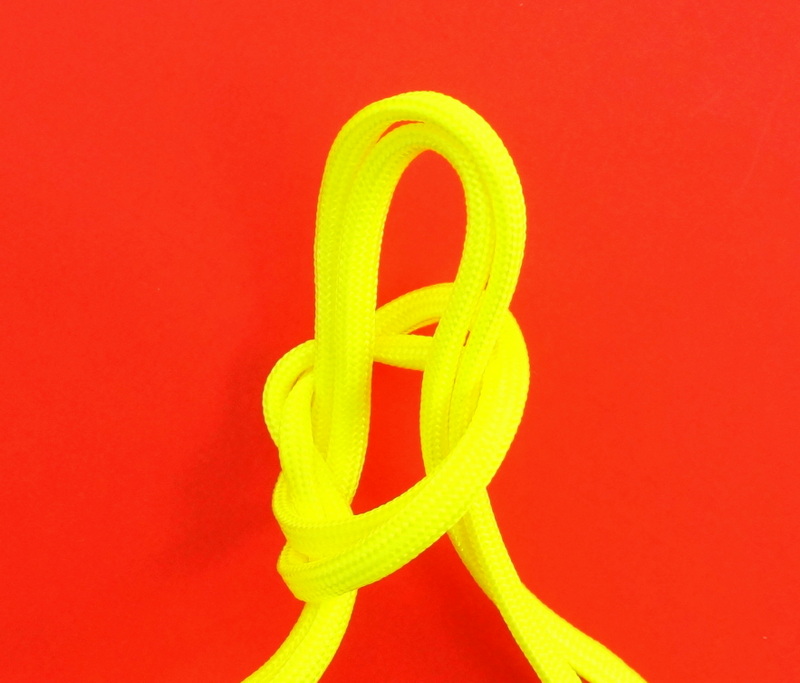
Step 3: Once your large knot is in place, you will have 6 strings connected by the knot. Group the strings two by two, and begin tying them together.
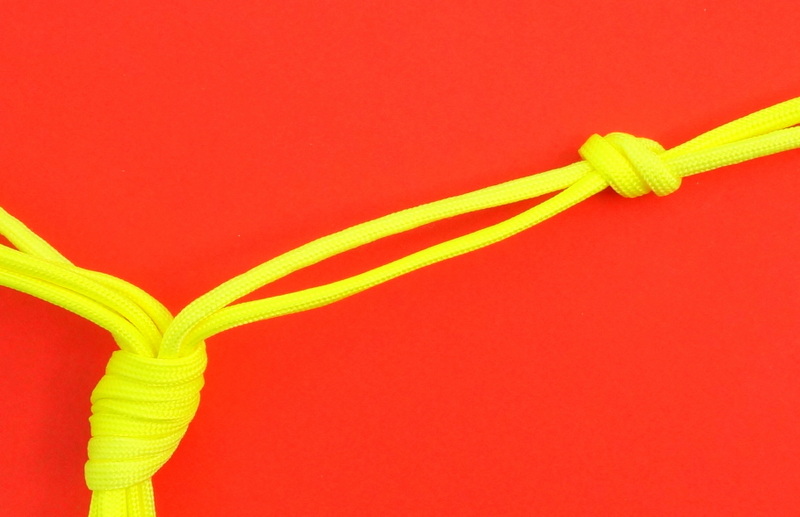
You can choose how far away from the large bottom knot you’d like for these smaller knots to be. Eyeball it, making sure you have room for at least one more series of knots above these. When you finish this step, you will have three knots, as shown below:
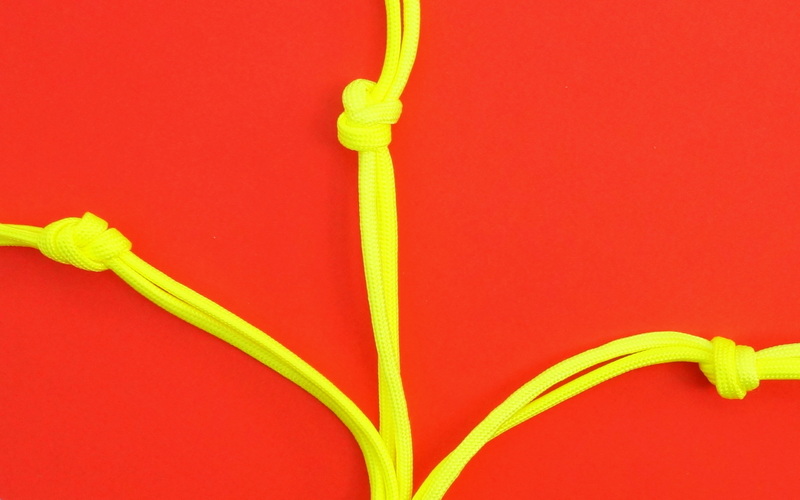
Step 4: Now tie a second series of knots using two strands, this time taking each strand from two different pairings.
In other words, rather than re-tying knots using the same two strings, you’ll be forming a new pairing using strings that are adjacent to one another. See the image below for a better explanation:
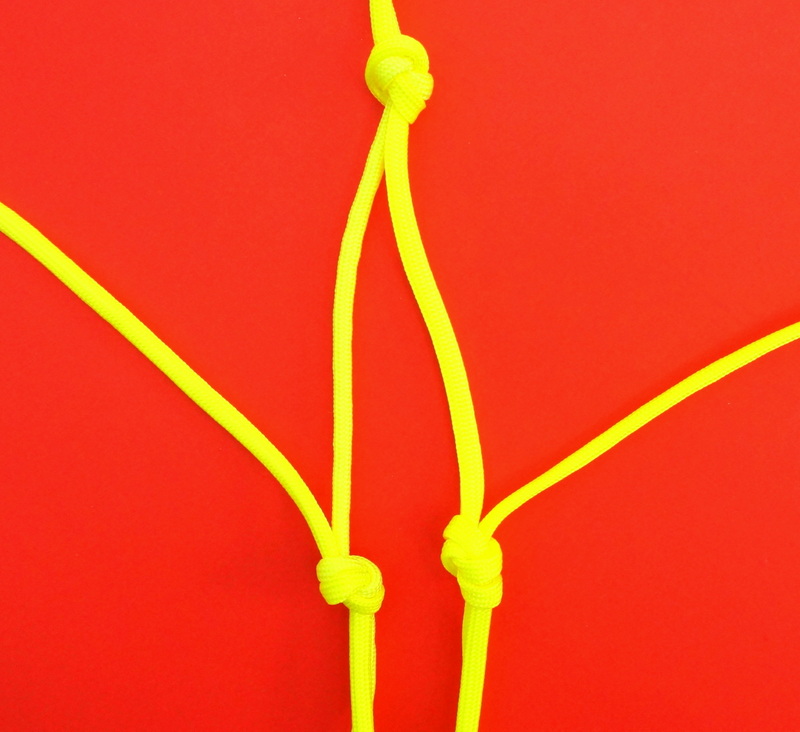
Step 5: Check the height and structure of your knotted vase holder.
At this point, you’ll have a cluster of knots and strands, much like the image below! Try placing your vase in the “holder” and see if it’s secure. Since my vase was tall, I had a bit more work ahead of me…
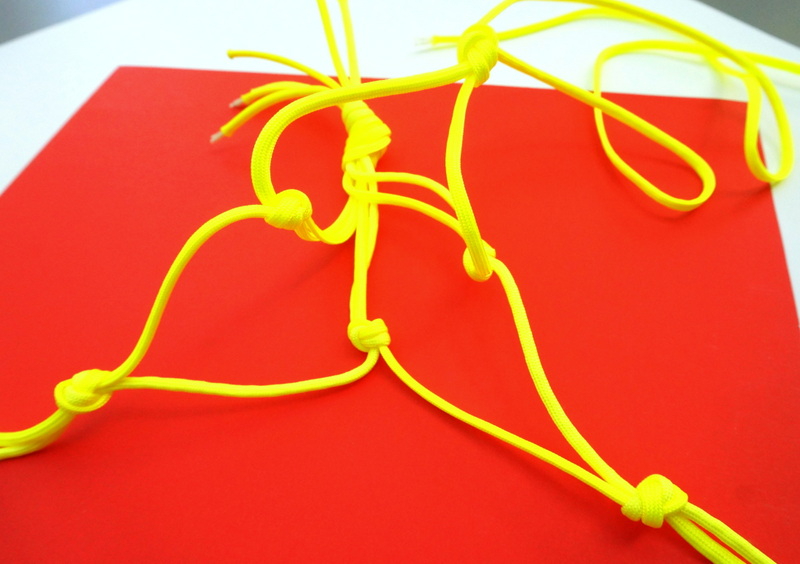
Step 6: If necessary, complete another series of knots, once again taking strands from different pairings and joining them using the knotting method you’ve chosen for this project.
Unless your vase is extra tall, this will most likely be your last series of knots to complete. A job well done!
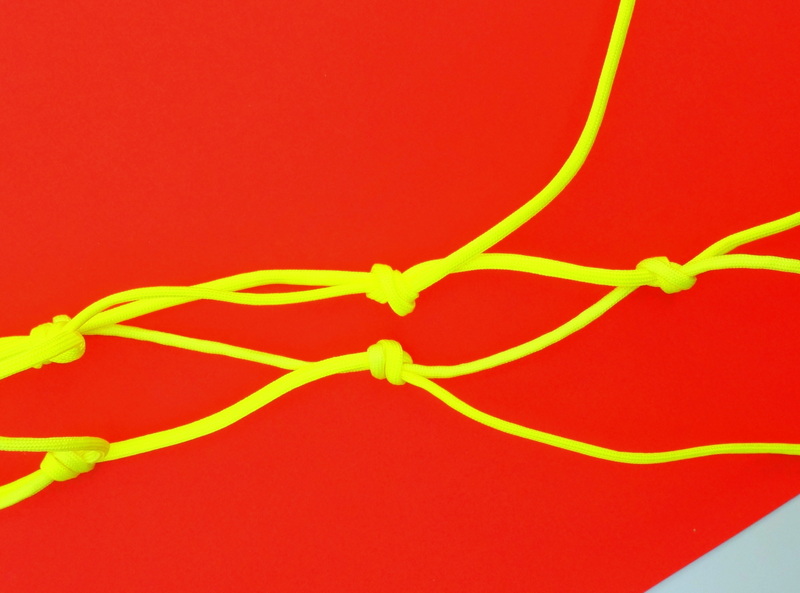
Step 7: Neatly trim the ends of your paracord.
Parachute cord often cuts neatly, and the little white strings that may stick out from the casing can be trimmed as well for a clean finish.
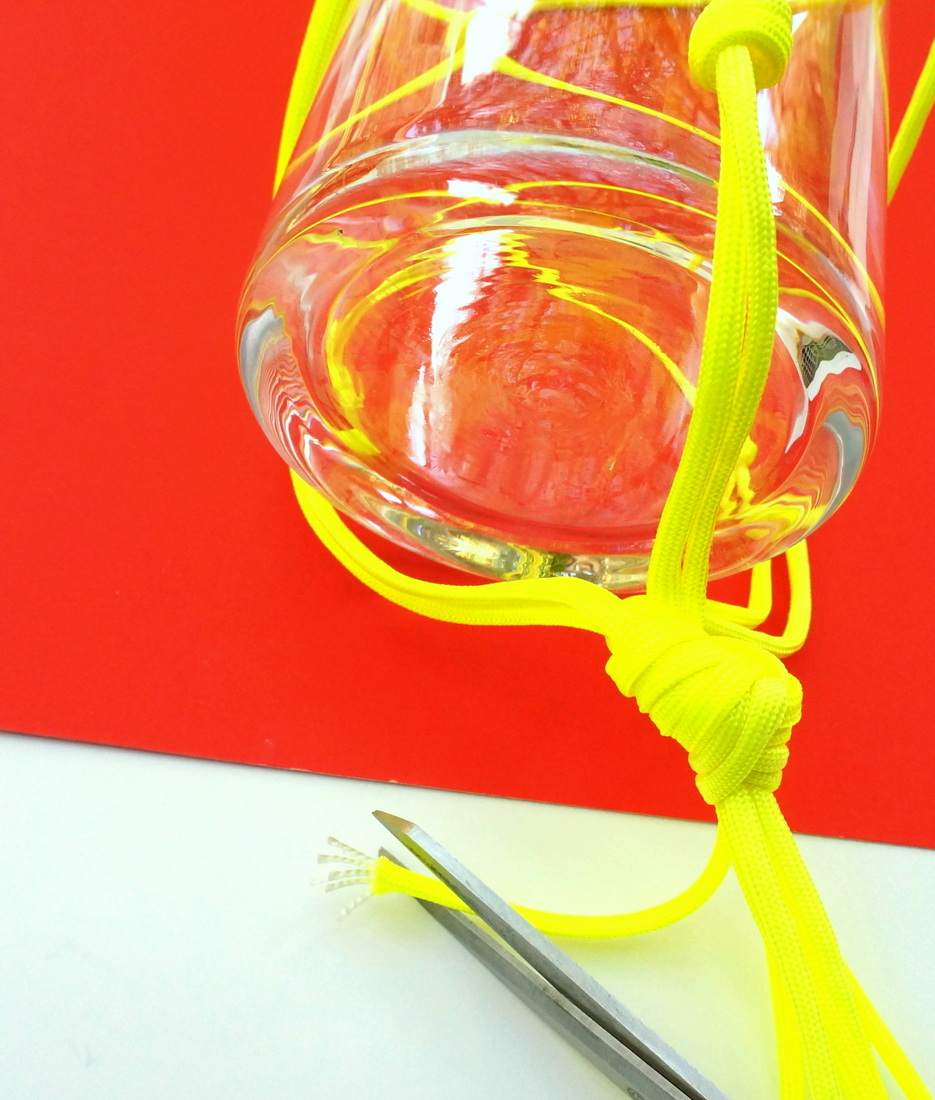
Step 8: Place your vase in the holder you’ve just created, tie the top of the holder so it can hang securely, and trim the top strands as needed.
You may prefer to secure the holder in its final display spot before you add the glass vase into the mix. It’s totally up to you! Be gentle and cautious to avoid breakage.
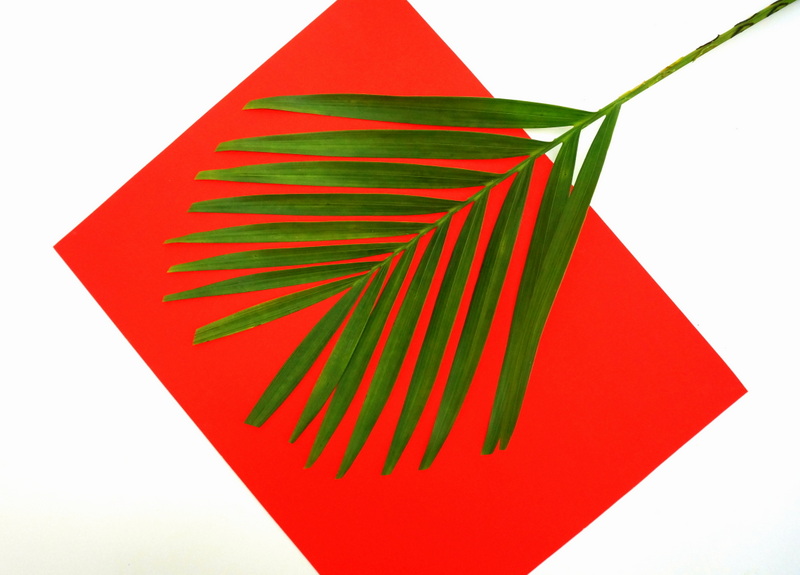
Step 9: Fill the vase with water, add the greenery of your choice, and display with pride!
Don’t overload your vase with water, as this will make the finished product much heavier. Chances are, you won’t have to fill it all the way–as long as the ends of your flowers and leaves are in the water, you’re set!
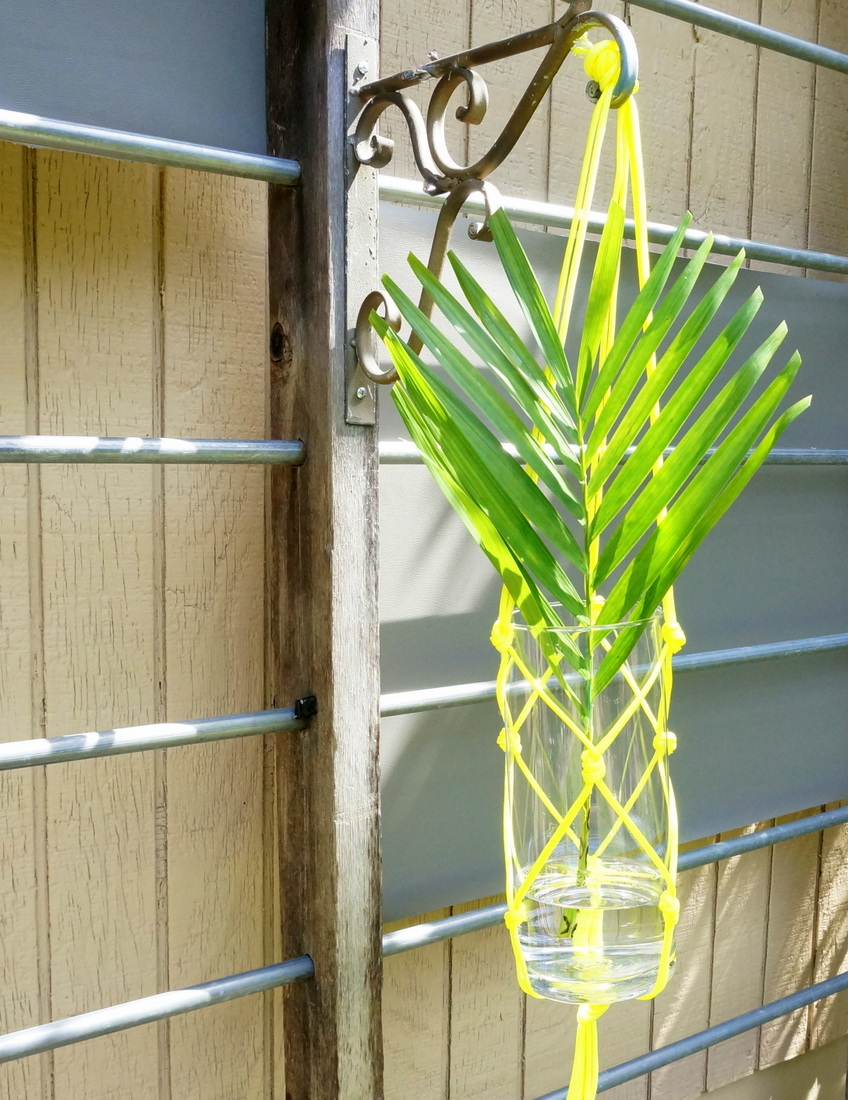
Styling Your Vase
As you can see, the knotting creates a wonderful diamond pattern across the surface of your vase. This faceted look is perfect for today’s modern geo style! Rather than filling my vase with flowers, I’ve preferred tropical greenery as the filler of choice. Hang your vase outdoors if you like, but note that it will get quite heavy with water if it rains! Hanging it on a covered porch is probably best.
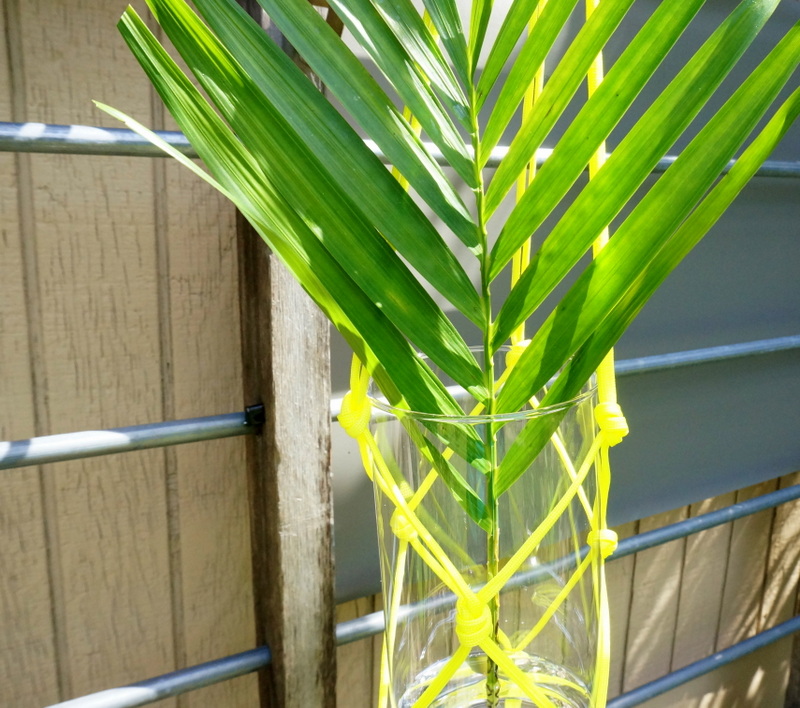
Or you can display your hanging vase indoors! Mine is suspended from a shelf in my bedroom. I love the way it adds a big dose of unexpected style to the space. The neon cording really pops against the room’s green-blue accent wall.
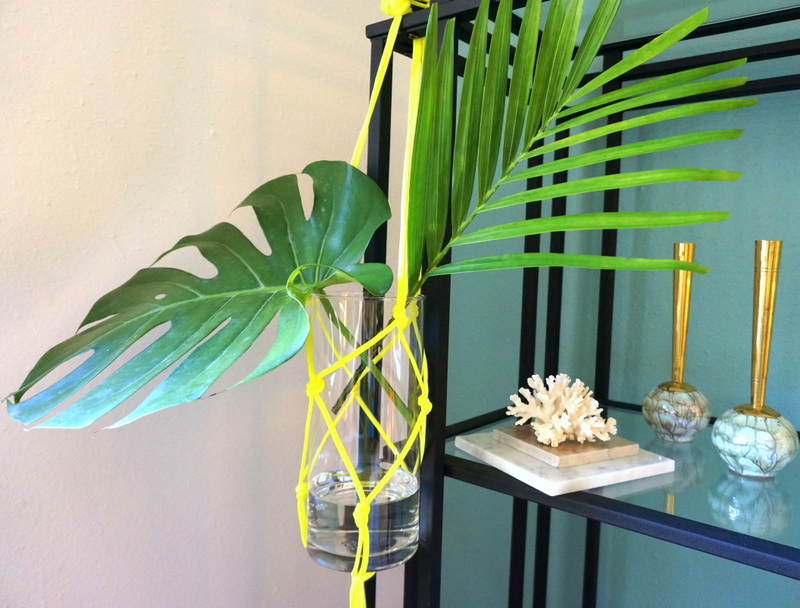
Thanks for joining me for my latest DIY adventure. I hope you enjoy this project as much as I have!












